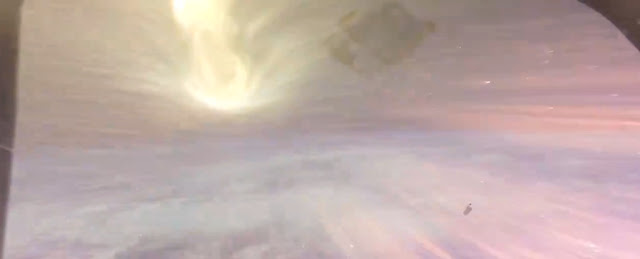Four volunteers entered a simulated Martian habitat on June 25, 2023, and won’t leave it for more than a year. Their goal was to gain more knowledge about how to live for an extended period of time on another planet without ever leaving the Earth.
The mission, known as CHAPEA (Crew Health and Performance Exploration Analog), is the first of three simulations that will be conducted between now and 2026. With each simulation, scientists will learn progressively more about the requirements for successful long-duration human spaceflight.
The Johnson Space Center of NASA is where CHAPEA is located in Houston, Texas. Mars Dune Alpha is the name of the 1,700-square-foot, 3D-printed habitat where the crew will live, work, exercise, sleep, and conduct experiments.
The crew will briefly leave their habitat to reach a nearby enclosure with red sand during extravehicular activities (EVAs), which will be made possible by the magic of virtual reality. For these fictitious spacewalks, they will need to put on space suits.
The crew’s four members, Kelly Haston (a biologist), Ross Brockwell (a structural engineer), Nathan Jones (a doctor), and Anca Selariu (a Navy microbiologist), all have impressive professional backgrounds. Prior to being authorized for a mission, they had to successfully complete the same testing as astronaut candidates.
Just before the volunteers entered their habitat, Grace Douglas, the Principal Investigator of CHAPEA, said, “The knowledge we gain here will help enable us to send humans to Mars and bring them home safely.”
The mission entails more than merely working closely together. Only on a time delay will the crew be able to communicate with the outside world. CHAPEA is subject to the same restriction that prevents signals from Mars from taking longer than 22 minutes to reach Earth (a total of 44 minutes round-trip). The crew will also maintain a schedule of activities resembling a real trip and consume a diet of freeze-dried meals comparable to what Martian astronauts will need to consume.
“They are preparing to go out on an analog trip that will investigate operations, logistics, and work on Mars. It is impossible to overestimate the significance of this study, according to Judith Hayes, Chief Science Officer of, the Human Health and Performance Directorate.
Space missions have even been taken into consideration when designing the home. Because it would be too expensive to transport anything to Mars from Earth, their housing was 3D printed to test out in-situ resource utilization technology. There are amenities including airlocks, hatches, and a medical station in the habitat. The crew can depart for medical crises, but they anticipate being able to handle minor health issues on their own.
Obviously, CHAPEA is limited in what it can replicate. For instance, the crew won’t have to contend with Martian gravity. However, “surprise” difficulties like equipment breakdowns or water shortages will arise.
In the end, CHAPEA’s goal is to discover what difficulties with human behavior might occur over a prolonged expedition. NASA can better prepare future astronauts headed to Mars by training them here on Earth.
In July 2024, the CHAPEA1 crew will leave their seclusion.

